most common type of arborvitae/thuja?
bart_2010
9 years ago
Related Stories
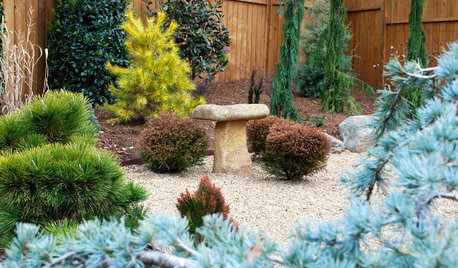
GARDENING GUIDESGreat Design Plant: Thuja Occidentalis ‘Bobozam’
Sculptural, diminutive and low maintenance, Mr. Bowling Ball arborvitae works hard in small spaces
Full Story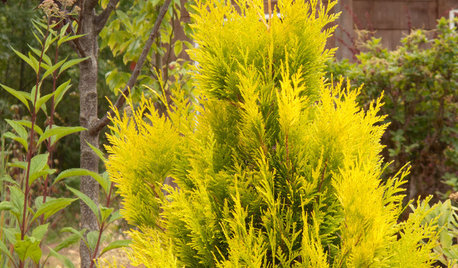
FOLIAGEGreat Design Plant: 'Forever Goldie' Arborvitae
As soft as a teddy bear, this golden conifer adds year-round interest to the garden
Full Story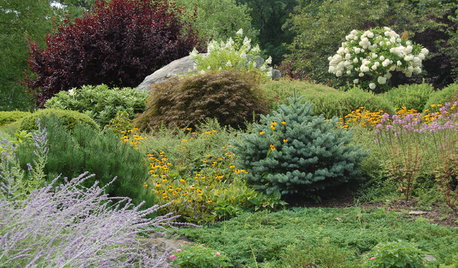
GARDENING GUIDESDesigning With Conifers: Finding the Right Garden Bedmates
In gardening, building on commonalities creates an enduring relationship
Full Story
LANDSCAPE DESIGNThe 7 Best Plant Types for Creating Privacy and How to Use Them
Follow these tips for using different kinds of plants as living privacy screens
Full Story
MOST POPULAR5 Ways to Hide That Big Air Conditioner in Your Yard
Don’t sweat that boxy A/C unit. Here’s how to place it out of sight and out of mind
Full Story
WORKING WITH PROSWhat Do Landscape Architects Do?
There are many misconceptions about what landscape architects do. Learn what they bring to a project
Full Story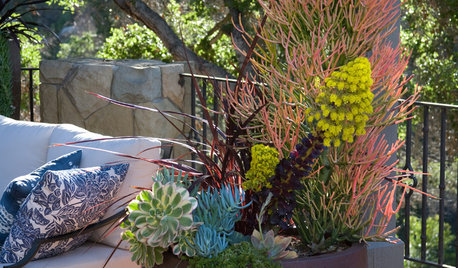
FALL GARDENING12 Fabulous Fall Container Gardens
Celebrate the season with potted displays rich in color and texture
Full Story
GARDENING GUIDESGreat Garden Combo: 3 Wonderful Plants for a Deer-Resistant Screen
Protect your privacy and keep deer at bay with a planting trio that turns a problem garden area into a highlight
Full Story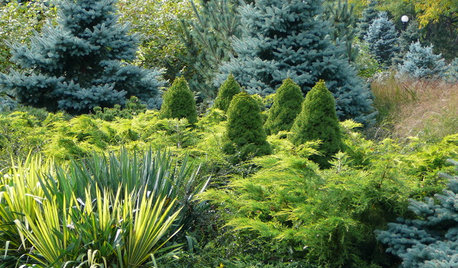
PLANTING IDEASDesigning With Conifers: Layers of Texture for Your Garden
Sharp and prickly or fine like ferns, richly textured conifers bring unexpected interest to the landscape
Full Story
SIDE YARD IDEASNarrow Trees for Tight Garden Spaces
Boost interest in a side yard or another space-challenged area with the fragrance and color of these columnar trees
Full Story








Smivies (Ontario - 5b)
Embothrium
Related Professionals
Rossville Landscape Architects & Landscape Designers · Forest City Landscape Architects & Landscape Designers · Milford Landscape Contractors · Williamsburg Landscape Contractors · Arlington Landscape Contractors · Bedford Heights Landscape Contractors · Berkeley Heights Landscape Contractors · Columbine Landscape Contractors · Fort Atkinson Landscape Contractors · Fort Hunt Landscape Contractors · Fort Mill Landscape Contractors · Framingham Landscape Contractors · Fuquay-Varina Landscape Contractors · Lady Lake Landscape Contractors · Palos Hills Landscape Contractorswisconsitom
Embothrium
bart_2010Original Author
bart_2010Original Author
wisconsitom
bart_2010Original Author
olreader
Embothrium
wisconsitom